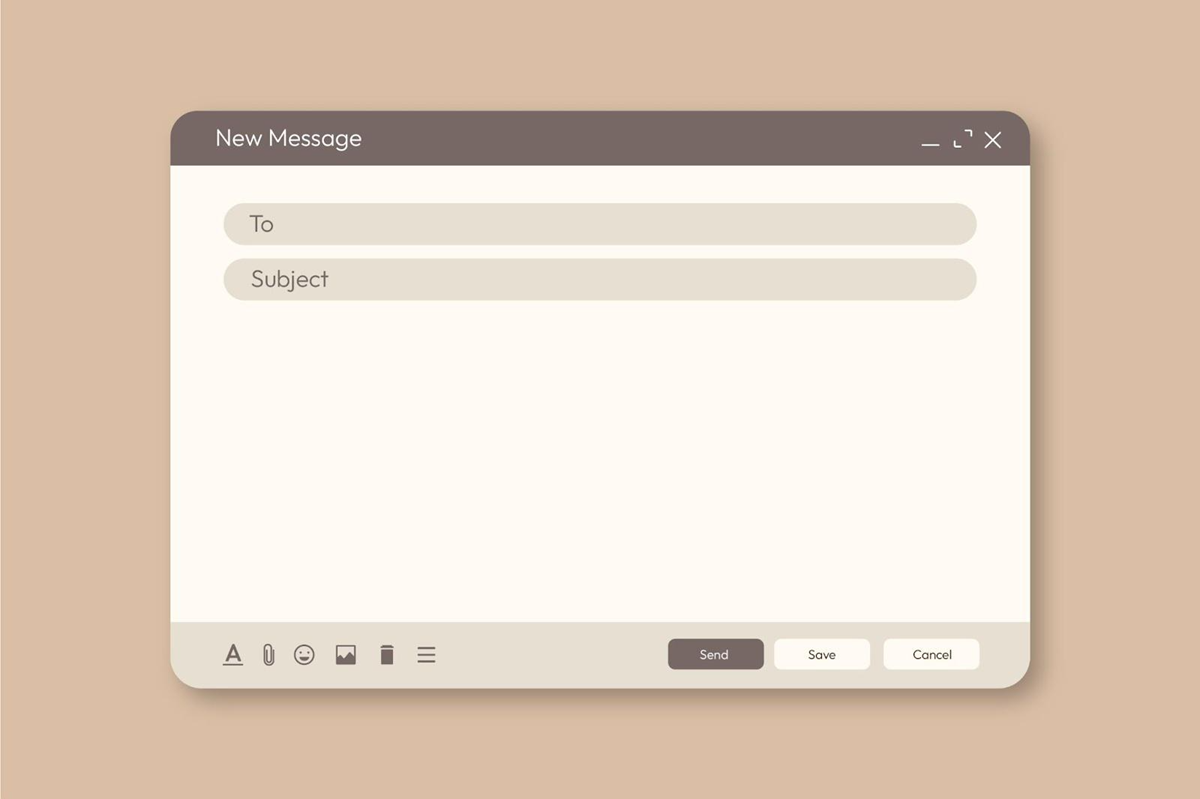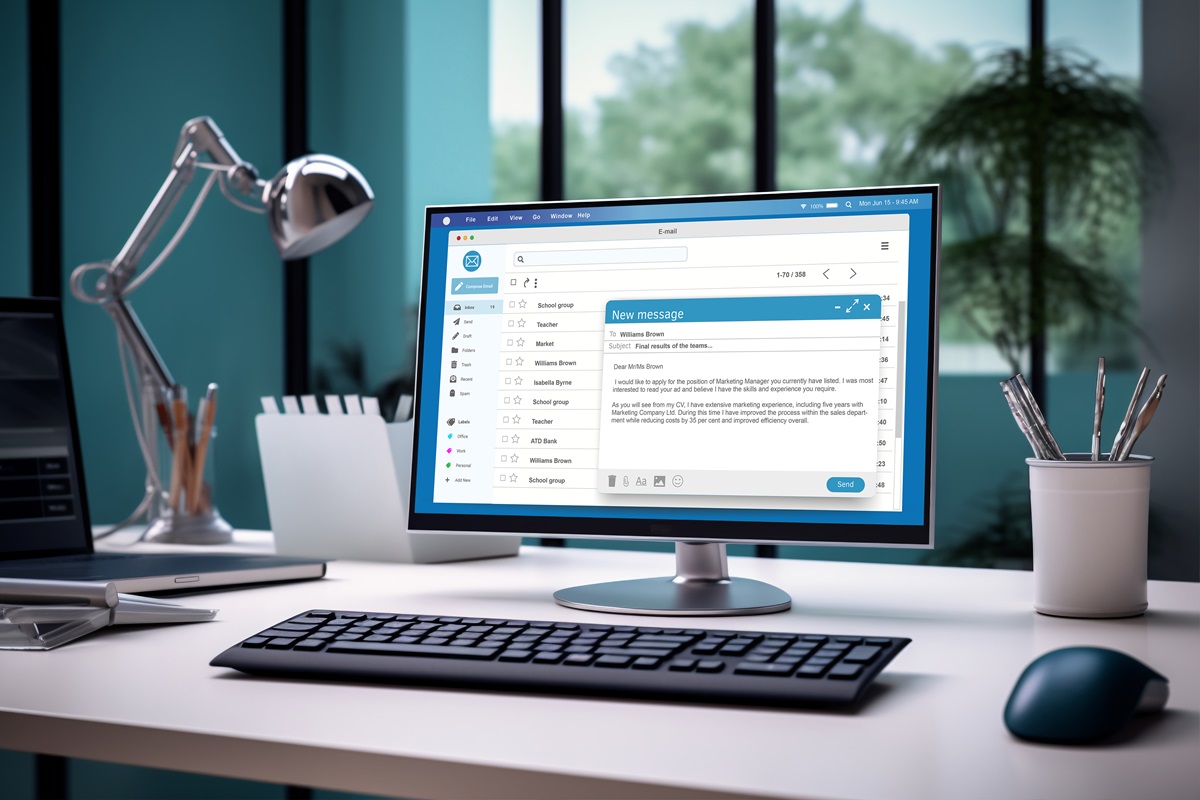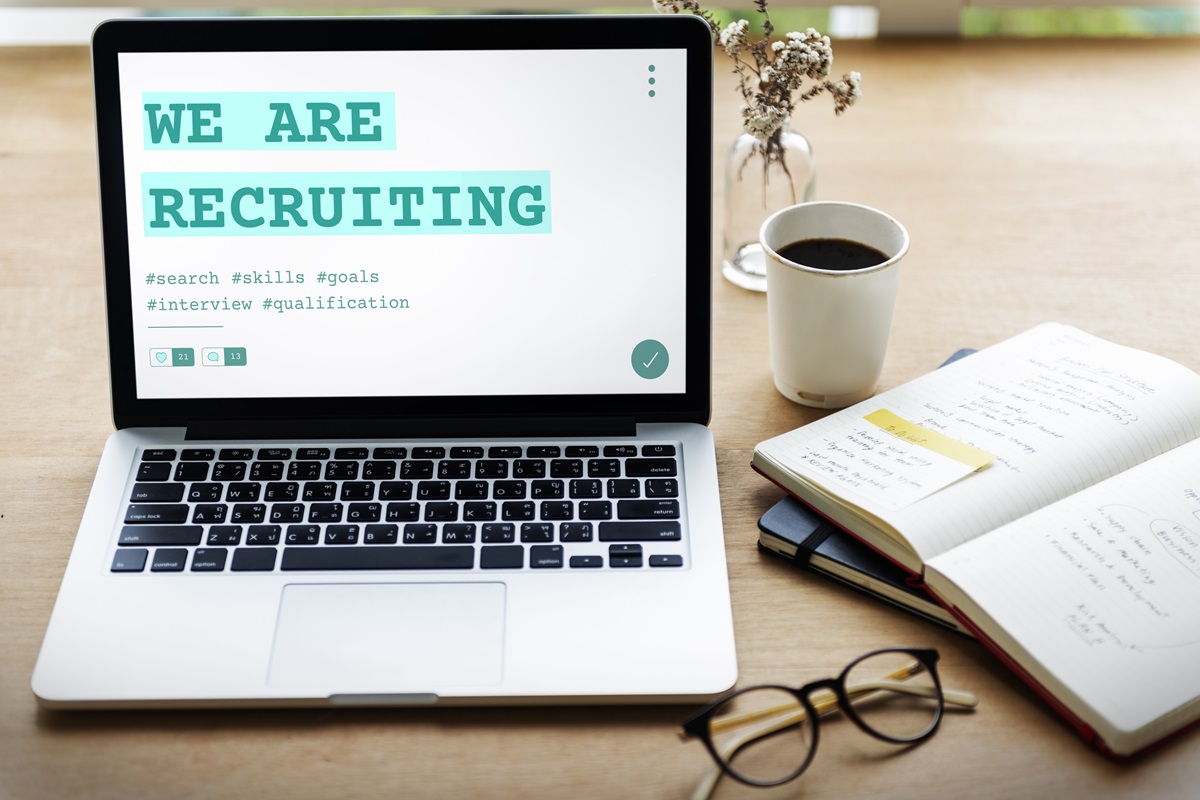Most opportunities don’t start with a cold email. They begin when someone connects two people who should meet. That someone is you.
A warm introduction email helps start that conversation. Whether you're introducing someone to a hiring manager, an investor, or a potential collaborator, the right message helps both people feel comfortable jumping in.
Writing it takes some thought. You want to keep it short without being vague, helpful without oversharing, and friendly without being too casual.
This guide shows you how to write an introductory email that gets read and replied to. You'll see how to prepare ahead of time, how to structure the message, and how to write so both people are glad you reached out.
Why Warm Introduction Emails Work So Well
Cold outreach often falls flat. Even a well-written message can get ignored when there’s no relationship behind it.
A warm intro gives both people a reason to pay attention. You’re offering some quick context and a level of trust that makes it easier to respond. Even if they’ve never met, both sides can feel more comfortable engaging because the email introducing them comes through someone they know.
Warm intros are useful in all sorts of situations. Maybe someone is hiring. Or maybe they’re looking to meet others in their field. When the connection feels relevant, people tend to respond. These emails often help people grow their professional relationships.
As the person sending the intro, your message helps make that connection easier to start and supports building relationships that might not happen otherwise.
What to Do Before You Write a Warm Introduction Email
Before you send a warm intro, pause and make sure it makes sense for the situation. Some introductions work better than others, depending on timing, relationships, and intent. Make sure you get the green light from both parties before moving forward.
Ask for Permission First
Never send an intro without checking with each person. Reach out to them separately and ask if they’d be open to the connection. Share a quick reason and give them room to decide. This keeps the conversation respectful from the beginning and follows proper email etiquette.
A short note like “Would it be okay if I connect you with someone from my previous company?” can keep the tone natural and friendly.
Be Clear About Why You’re Connecting Them
What’s the goal? Are you helping someone explore a new role, connect with prospective clients, or talk about a shared interest?
Maybe they’re both working on a specific project that could benefit from collaboration. Make the reason clear when you check in and again when you write the final intro.
Think About Timing
Even if the introduction could be useful, that doesn’t always mean now is the time. If someone is in the middle of a crunch or dealing with a lot, they may want to hold off. A quick check helps you avoid that.
Reconnect If It’s Been Awhile
If you haven’t spoken with one of the people recently, consider sending a separate note before asking for anything. It helps keep the conversation natural and respectful, especially if you’re reaching out of the blue.
Even a simple “Hope this email finds you well” can make the message feel more grounded.
How to Create a Clear and Effective Email Introduction
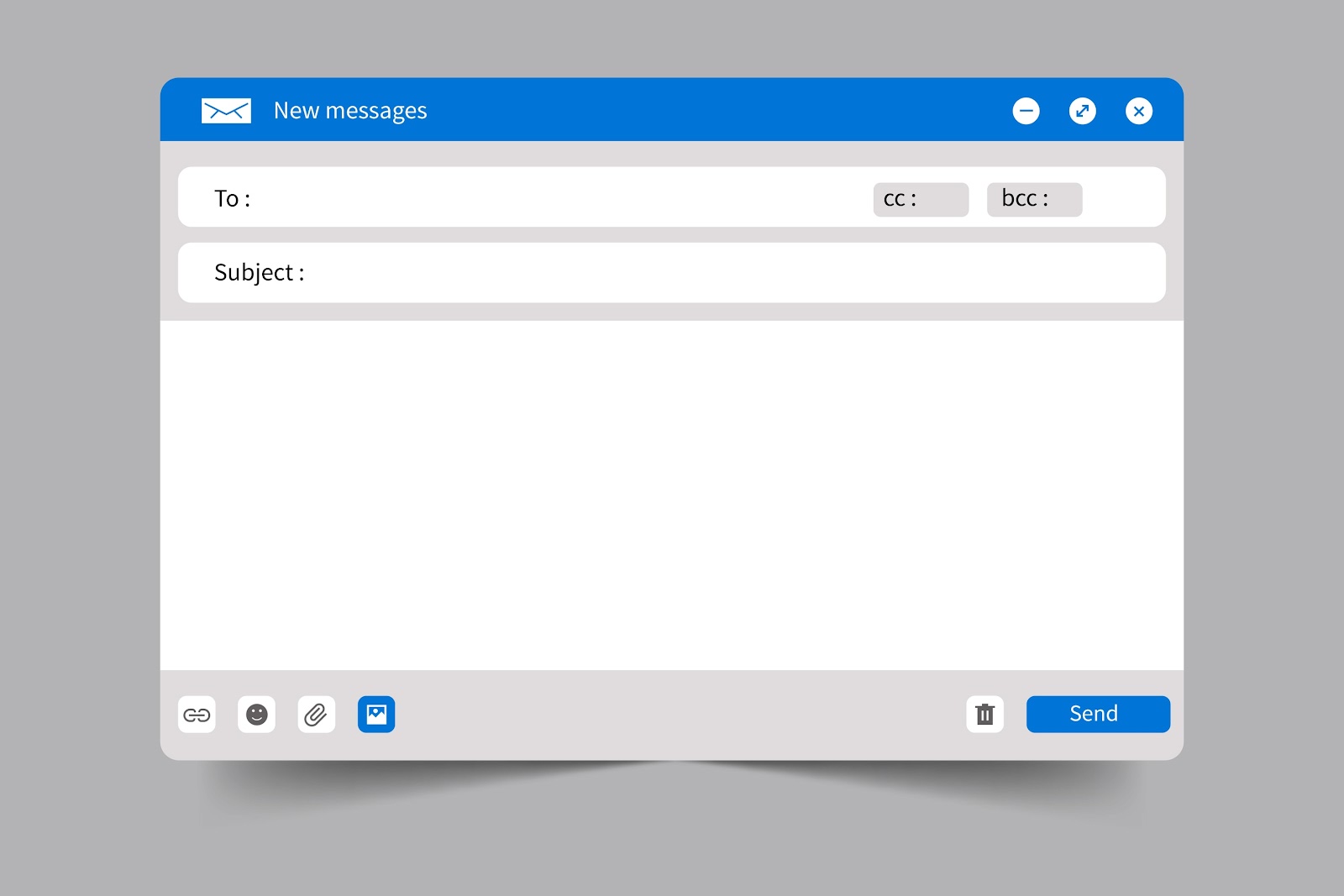
Once both people have agreed to be introduced, it’s time to write the email. This is where you help set the tone for their first exchange.
A good intro email is short, clear, and helpful. It gives just enough background for each person to understand who the other is and why the connection could be valuable. You’re not writing their full bios, just enough to help them pick up the conversation easily.
Here’s how to write an introduction that works:
1. Use a simple and relevant subject line
The subject line should make it obvious that this is an introduction. Something like "Introducing [Name 1] and [Name 2]" works well. There’s no need to get creative here. You just want it to get opened.
2. Start with a quick hello
Open with a friendly greeting and jump right into the reason for the message. If you want, you can say something like “Happy to make this connection” or “Glad you’re both up for the intro.” It helps the message feel relaxed and polite without overdoing it.
3. Share who each person is
Add a short sentence or two about each person. Include current roles, interests, or what they’re working on. Try to focus on what’s most relevant to the reason you’re connecting them.
4. Explain why you're connecting them
Say why you thought it made sense to introduce people. Maybe they’re both working on similar goals, or one person might be able to help the other.
5. Wrap it up with a light close
Let them know you’re stepping out so they can connect directly. A line like “I’ll let you two take it from here” works as a gentle call to action. It hands off the conversation while keeping it casual and open.
Writing a clean and helpful professional introduction keeps the email thread moving and makes it easier for both people to continue the conversation.
Warm Introduction Email Templates for Different Scenarios
Writing email intros doesn’t have to be time-consuming. These templates give you a starting point so you can focus on making meaningful connections. Below are a few examples to get you started.
1. Ask First Before Making the Intro
Use this template when you want to ask for permission before making an introduction.
It’s a quick way to check if someone’s open to connecting before you send the actual intro. Keep it short and make it easy for them to say no if the timing’s off.
Subject line: Quick intro request
Hi [First Name],
Hope you’re having a great week.
Someone I know, [Name], is working on [topic or focus], and I think there might be value in connecting. Would you be open to an intro?
It's fine if now’s not the right time. I just wanted to check.
Best,
[Your Name]
2. Standard Double Opt-In Intro
Here’s a solid template for sending the actual introduction once both people say yes.
This format works across almost any situation. Just add a sentence or two about each person and why they might want to connect.
Subject line: Intro: [Name 1] <> [Name 2]
Hi both,
I'm excited to connect the two of you.
[Name 1], meet [Name 2], who’s currently focused on [brief context].
[Name 2], [Name 1] has been exploring [related topic] and thought it’d be great to chat.
I’ll let you take it from here. Let me know if I can help with anything else.
Best,
[Your Name]
3. Internal Team Introduction
When you're introducing two colleagues inside your company, this version keeps it clear and helpful.
Use it to bring together teammates who should collaborate or compare notes on a shared project or goal.
Subject line: Connecting you for [project or topic]
Hi [Name 1] and [Name 2],
I wanted to connect with you since you're both working on [area or project].
[Name 1], [Name 2] is leading [brief detail].
[Name 2], [Name 1] is the go-to for [related work or insight].
Figured it’d be helpful to connect directly.
Best,
[Your Name]
4. Referral for a Client or Customer
This is a good option when you want to introduce a client or contact to someone who could meet a specific need.
Just give a quick summary of what the client is looking for and why the person you’re introducing might be the right match.
Subject line: Referral intro: [Client Name] <> [Contact Name]
Hi both,
I'm reaching out to introduce you.
[Client Name] is currently looking into [need or project], and [Contact Name] works with teams on exactly this.
Thought it made sense to connect directly. Hope it’s helpful.
Best,
[Your Name]
5. After an Event or Conference
If you recently met someone at an event or conference and thought of someone they should talk to, this one’s for you.
Mention where you met, what you discussed, and what made you think they’d be a good match.
Subject line: Great meeting at [Event] - Wanted to connect you
Hi [First Name],
I recently met [Name] at [Event] during a conversation about [topic or area], and I thought of you right away.
You’re both interested in [shared focus], so I figured this might be a good connection to make.
Feel free to continue the conversation directly.
Best,
[Your Name]
6. Mentor or Advisor Introduction
Use this template when you’re introducing someone to a potential mentor or advisor.
Keep it respectful, and be clear about what kind of guidance the person is looking for without making any promises on their behalf.
Subject line: Intro for guidance on [topic]
Hi [Mentor Name],
Thanks again for being open to connecting.
Wanted to introduce you to [Name], who’s currently focused on [project or interest]. They’re looking for support as they move forward with [specific area], and I thought your experience could be helpful.
I’ll let you two take it from here.
Best,
[Your Name]
Warm Introduction Email Mistakes to Watch Out For
Even with the right structure, it’s easy to get this wrong. There are right and wrong ways to make a connection, and skipping basic steps can make things awkward.
Avoid sending intros without asking. This often puts one party in an uncomfortable position. Also, watch how you format the recipient fields so everyone is included clearly.
Don’t overwhelm people with long emails. Break things up with bullet points if needed, especially when you want to highlight someone’s background or work ethic.
Avoid vague language or unclear intentions. A compelling introduction email gives enough context to show why the intro matters.
Also, don’t make promises on someone’s behalf. Let them speak for themselves once the intro is made. Your role is to connect, not to pitch or commit for either person.
Make Warm Introductions Easier with Village
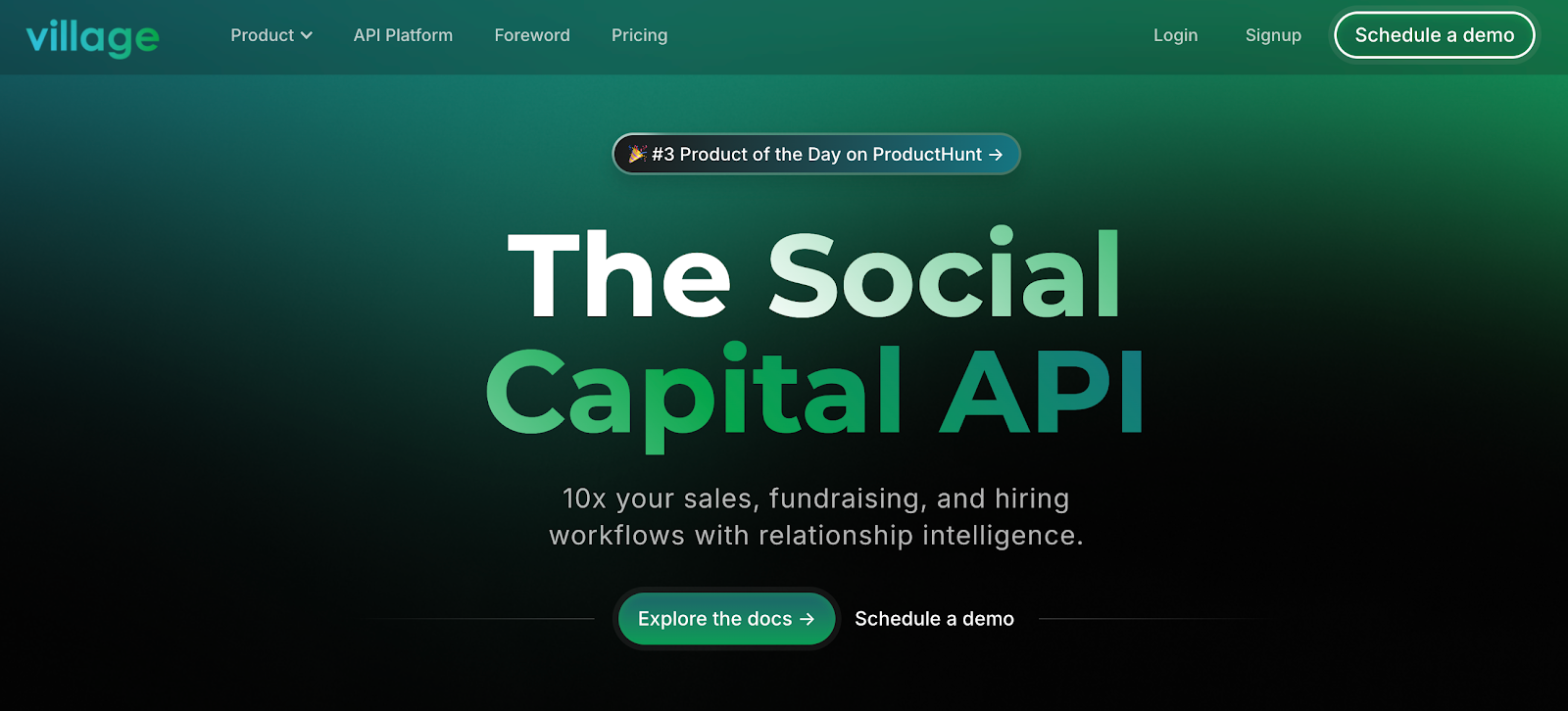
If you write warm intros often, you know it takes time. You have to think through who should connect, check in with both people, and write a message that feels thoughtful. Doing it once in a while is no big deal. Doing it often can start to feel like a task.
That’s where Village can help.
Village helps you see who in your network, or your team’s network, is in the best spot to make an introduction. It brings up real connections based on shared history and recent interactions, so you’re not guessing who might know someone.
You can send a request, track responses, and stay on top of everything without hunting through inboxes or spreadsheets. It’s built to make life easier for people who help others connect.
If your day often includes making connections for others, Village gives you a better way to do it.
Want to write better intros and surface stronger connections? Schedule a demo with Village and see how it fits into your workflow.
FAQs About Warm Introduction Emails
How do you start a professional email introduction?
Start with a greeting that includes the recipient’s name, followed by a brief sentence explaining the purpose of the email. Mention the mutual contact right away to establish trust and give the reader immediate context for why you’re reaching out.
How do I introduce myself in an email?
Begin by stating your name and your role or connection to the mutual contact. Follow that with a short explanation of why you're reaching out or what you're hoping to accomplish with the introduction. Keep it clear and relevant to the reader.
How do you write a warm introduction email?
First, get permission from both parties before sending the introduction. Then, write an email with a clear subject line, a personal greeting, and a short paragraph explaining who each person is and why you're connecting them. End the message with a polite note, giving them space to continue the conversation if they choose.
How do I warmly start an email?
Use a friendly, respectful tone that feels natural. Start with the person's name, mention how you’re connected, and briefly explain why you’re reaching out. A simple sentence like “Hope you’re doing well” or “Thought it might be helpful to connect you two” works well in a warm introduction.

